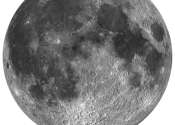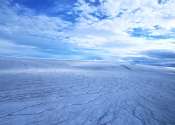Venus' ancient layered, folded rocks point to volcanic origin
An international team of researchers has found that some of the oldest terrain on Venus, known as tesserae, have layering that seems consistent with volcanic activity. The finding could provide insights into the enigmatic ...









